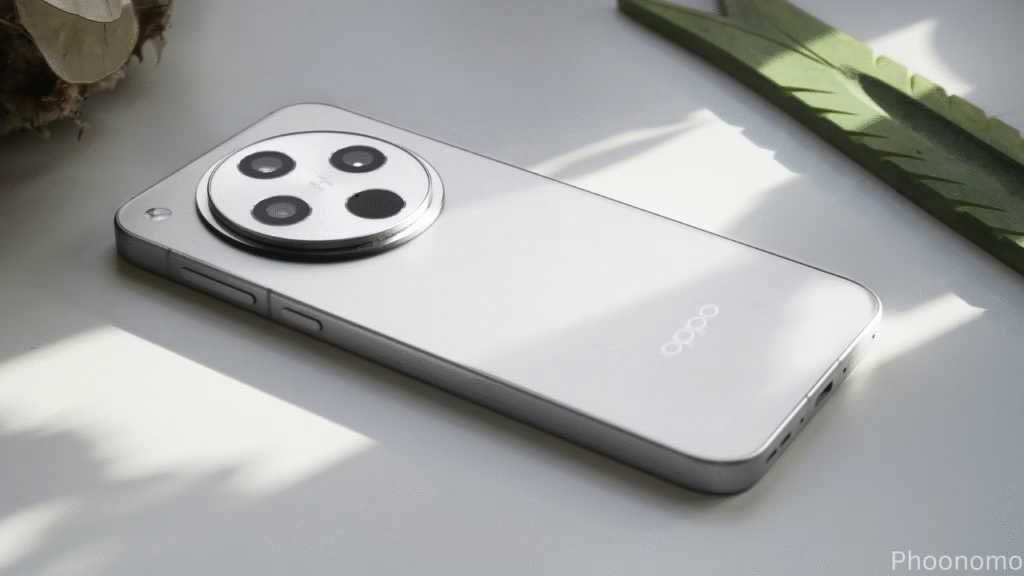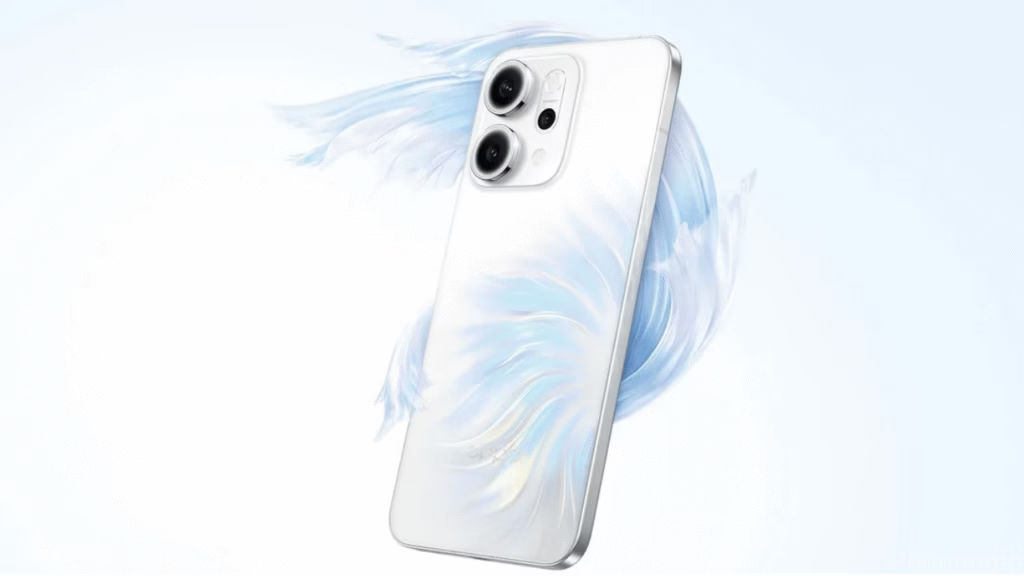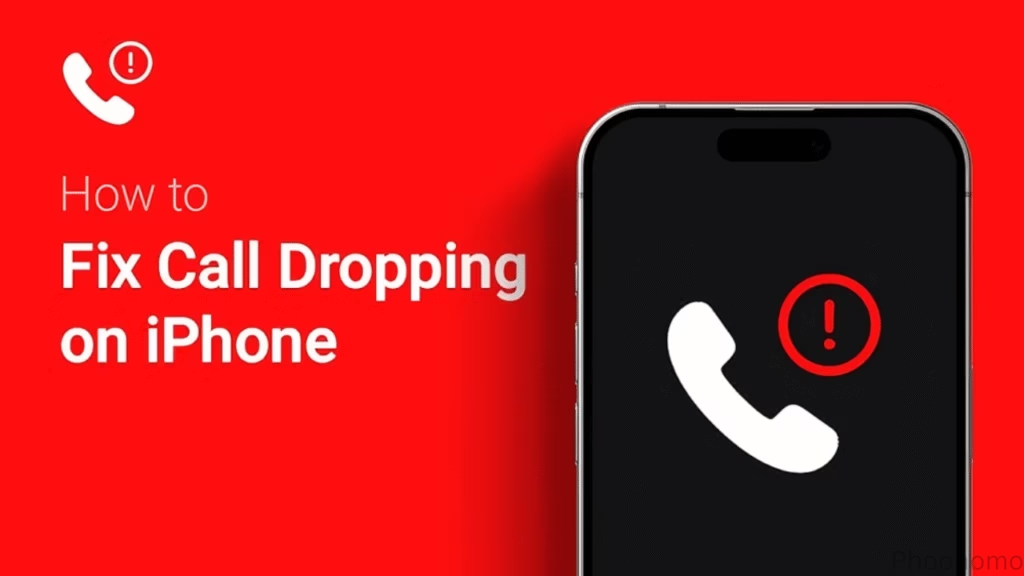In a market where smartphone releases seem to come faster than ever, Google Pixel 9 Pro and OnePlus 12 stand out as two of the most talked-about flagship phones of the year. While both devices pack serious hardware, the question remains: which one truly offers better value, performance, and features for tech-savvy users?
In this detailed comparison, we’ll break down their design, display, performance, camera capabilities, battery life, and more, helping you decide which flagship deserves a spot in your pocket.
Design & Build Quality
The OnePlus 12 boasts a large 6.82-inch display with a sleek curved design, wrapped in Gorilla Glass Victus 2 on both front and back. It weighs 220g and features an IP65 rating for water and dust resistance good enough to handle daily splashes and dust but not full immersion.
In contrast, the Pixel 9 Pro is slightly more compact and lighter at 199g, with a 6.3-inch display. It features a sturdy aluminum frame and also uses Gorilla Glass Victus 2. However, it offers IP68 certification, making it more resistant to water immersion. So if ruggedness is important to you, the Pixel 9 Pro has a slight edge.
Display Quality
Both phones use top-tier OLED technologies, but their implementations differ:
- The OnePlus 12 comes with an LTPO AMOLED panel offering 1440 x 3168 resolution, up to 4500 nits peak brightness, 120Hz refresh rate, and support for Dolby Vision and HDR10+.
- Pixel 9 Pro features an LTPO OLED screen with 1280 x 2856 resolution, peaking at 3000 nits and offering similar HDR and 120Hz capabilities.
While the Pixel’s display is slightly smaller and less pixel-dense, it is extremely bright and color-accurate. Still, the OnePlus 12 wins on sheer resolution and HDR support, making it better for immersive content consumption.
Performance & Software
Under the hood, the OnePlus 12 is powered by the Snapdragon 8 Gen 3 chip with up to 24GB RAM and UFS 4.0 storage. It delivers blazing-fast performance in benchmarks, ideal for heavy multitasking, gaming, and productivity.
Meanwhile, the Pixel 9 Pro features Google’s Tensor G4 chip, paired with up to 16GB RAM and UFS 3.1 storage. Although not as powerful as Snapdragon’s latest chip, Tensor is optimized for AI-driven features, on-device machine learning, and a smoother Google experience.
OxygenOS 15 (Global) and ColorOS 14 (China) are both highly customizable and fast. The Pixel runs stock Android 14, with a promise of 7 years of Android updates, significantly ahead of OnePlus’ 4 years of major upgrades.
If raw power is what you need, the OnePlus 12 takes the crown. But for clean software and longer updates, Pixel wins.
Camera Comparison
This is where things get exciting. Both phones offer triple-camera setups, but each brings something different:
OnePlus 12:
- 50MP main (OIS, multi-directional PDAF)
- 64MP 3x periscope telephoto
- 48MP ultrawide
- Hasselblad tuning
- 8K and Dolby Vision support
Pixel 9 Pro:
- 50MP main sensor with Pixel Shift
- 48MP 5x periscope telephoto
- 48MP ultrawide
- AI features like Best Take, Ultra HDR, Zoom Enhance
- 8K via upscaling, 4K at 60fps
In terms of raw photography, Pixel phones are known for computational photography and post-processing magic, making them arguably better for casual users. However, OnePlus’ superior zoom range, Hasselblad tuning, and video modes give it a professional edge.
Selfie Camera
The Pixel 9 Pro features a 42MP ultrawide front camera with 4K support, offering great versatility for group shots and vlogging. The OnePlus 12 includes a 32MP selfie camera with similar video quality.
For creators, the Pixel’s front camera provides more framing options, but both are quite capable overall.
Battery & Charging
- OnePlus 12: 5400 mAh battery, 100W wired charging, 50W wireless, 10W reverse wireless
- Pixel 9 Pro: 4700 mAh battery, 27W wired, 21W wireless, reverse wireless support
OnePlus is a big winner in this category. Its super-fast charging 100% in just 26 minutes and higher capacity battery mean less time at the plug and more screen time. Pixel, while slower, still offers respectable endurance and eco-charging features.
Audio & Extras
Both devices lack a headphone jack, but offer stereo speakers with good loudness and clarity. Pixel edges out with Ultra-Wideband (UWB), thermometer sensor, and Satellite SOS, while the OnePlus features an infrared blaster, Hi-Res audio, and better peak loudness.
So your choice depends on what extras you value more utility sensors or premium audio tools.
Price & Value
- OnePlus 12: Starts at $627
- Pixel 9 Pro: Starts at $965
Despite its premium feel, the OnePlus 12 is over $300 cheaper than the Pixel 9 Pro. Given the performance, display, and camera features, OnePlus offers exceptional value for the price.
Pixel, on the other hand, justifies its price with software longevity, a cleaner UI, and top-tier camera software.
Final Verdict
Choosing between the Google Pixel 9 Pro and the OnePlus 12 comes down to what matters most to you:
- Want top performance, fast charging, and value for money? Go for the OnePlus 12.
- Prefer long software support, advanced AI features, and reliable cameras? Then the Pixel 9 Pro is for you.
Both are fantastic flagships, but they cater to slightly different audiences. Whether you’re a power user, content creator, or casual user, either of these phones can be the perfect fit as long as it aligns with your priorities.
FAQs
Which phone has better performance, Pixel 9 Pro or OnePlus 12?
The OnePlus 12 has the edge in raw performance thanks to the Snapdragon 8 Gen 3 chipset and faster UFS 4.0 storage. The Pixel 9 Pro’s Tensor G4 chip is more focused on AI and software features rather than gaming or heavy multitasking.
Which phone is better for photography?
Both phones have excellent camera setups, but the Pixel 9 Pro is often preferred for its advanced computational photography and AI features like Best Take and Zoom Enhance. The OnePlus 12, however, offers more versatile hardware with Hasselblad tuning and better zoom options.
Does the Pixel 9 Pro have faster charging than the OnePlus 12?
No, the OnePlus 12 clearly wins in charging speed. It offers 100W wired charging and 50W wireless charging, while the Pixel 9 Pro supports only 27W wired and 21W wireless charging.
Which one has better battery life?
The OnePlus 12 has a larger 5400 mAh battery and more efficient power management, resulting in slightly better endurance than the Pixel 9 Pro’s 4700 mAh cell.
How long will these phones get software updates?
The Pixel 9 Pro leads in this category with up to 7 years of Android updates, which includes major OS upgrades and security patches. The OnePlus 12 is promised 4 years of major updates and 5 years of security support.
Is the Pixel 9 Pro more durable than the OnePlus 12?
Yes, the Pixel 9 Pro has a more robust IP68 rating, which means it can handle full water immersion. The OnePlus 12 only has an IP65 rating, which protects against low-pressure water jets and dust, but not submersion.
Which phone offers better value for money?
The OnePlus 12 provides better value overall due to its significantly lower price while still delivering flagship-level specs. The Pixel 9 Pro is more expensive, but its extended software support and refined camera experience might justify the cost for some users.
Do both phones support wireless charging and reverse charging?
Yes, both support wireless charging and reverse wireless charging, but the OnePlus 12 offers faster speeds in both categories.
Which phone has a better display?
The OnePlus 12 offers a larger, higher-resolution display with a peak brightness of 4500 nits, compared to the Pixel 9 Pro’s 3000 nits. It’s better suited for HDR content and outdoor visibility.
Are both phones good for gaming?
The OnePlus 12 is better optimized for gaming due to its higher-performing GPU and chipset. The Pixel 9 Pro can still handle games smoothly, but it’s not as powerful as its OnePlus counterpart.
Follow Phoonomo to never miss an update



